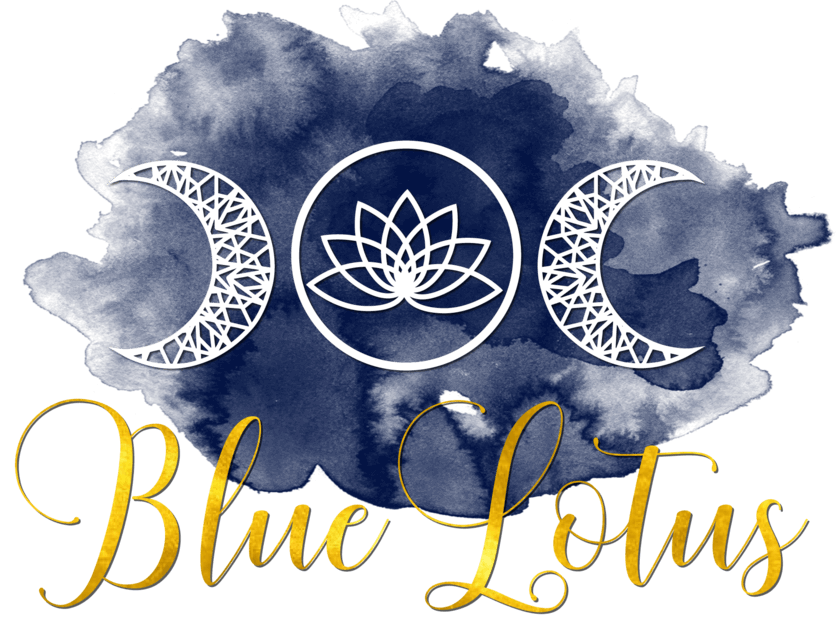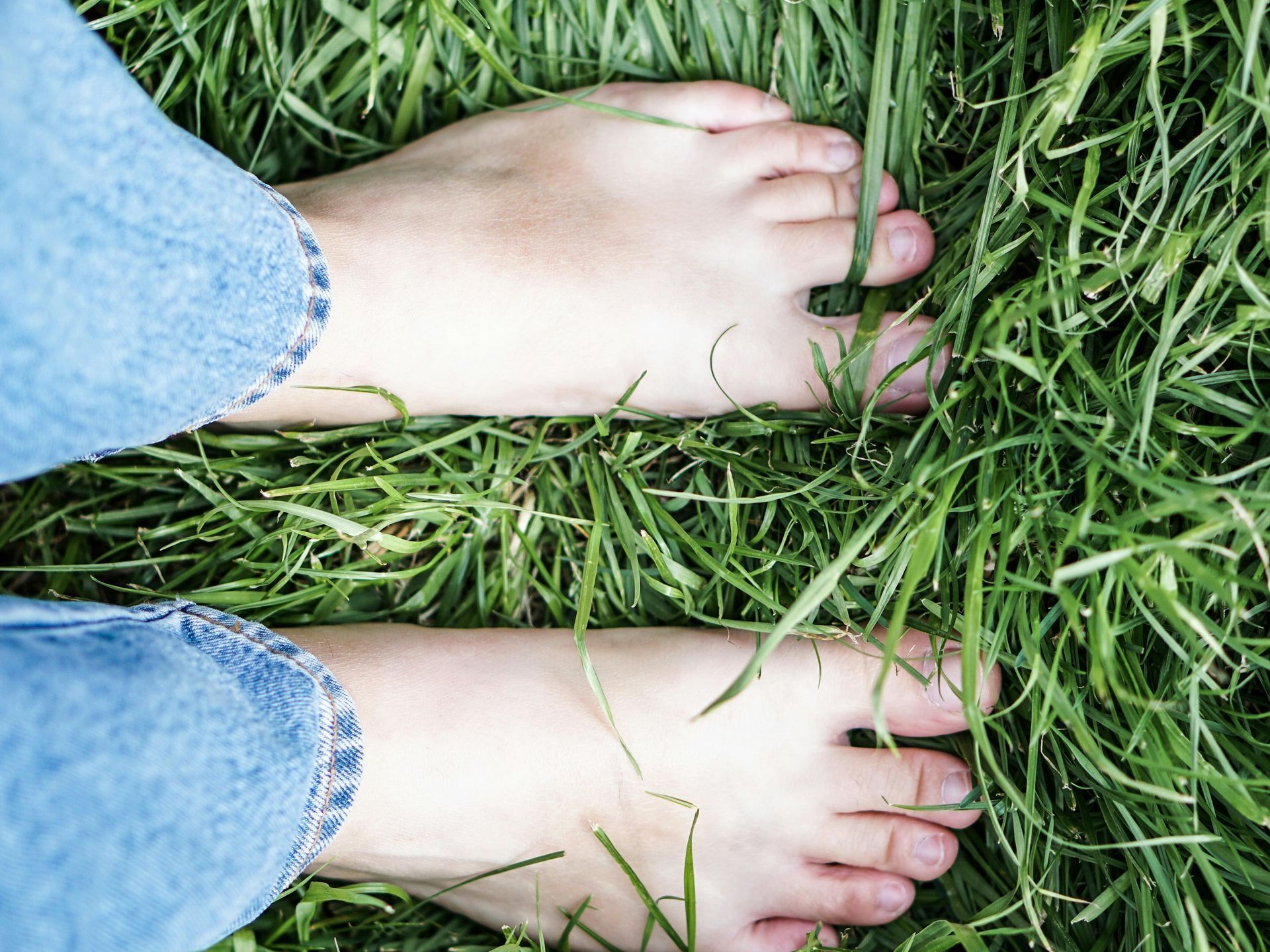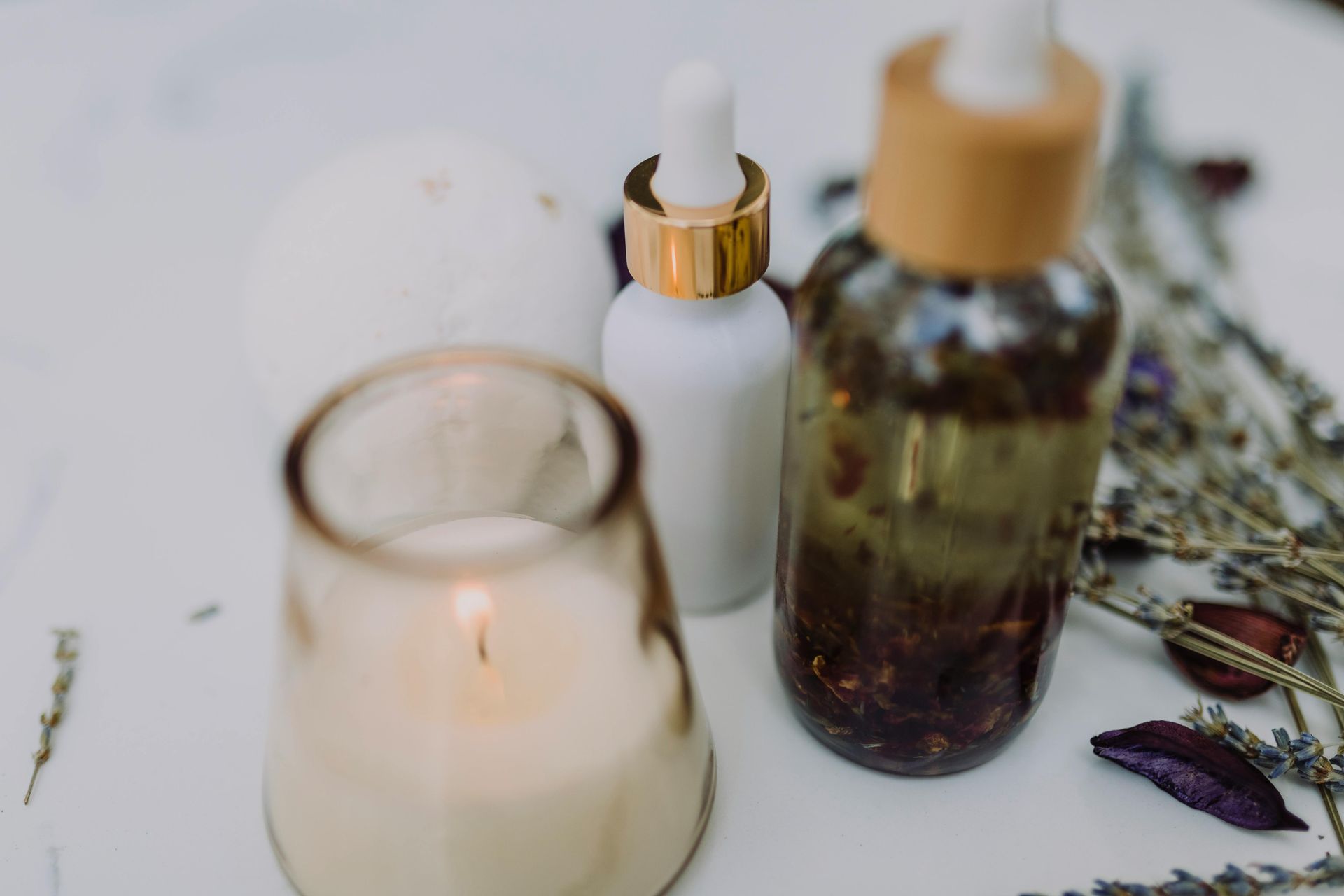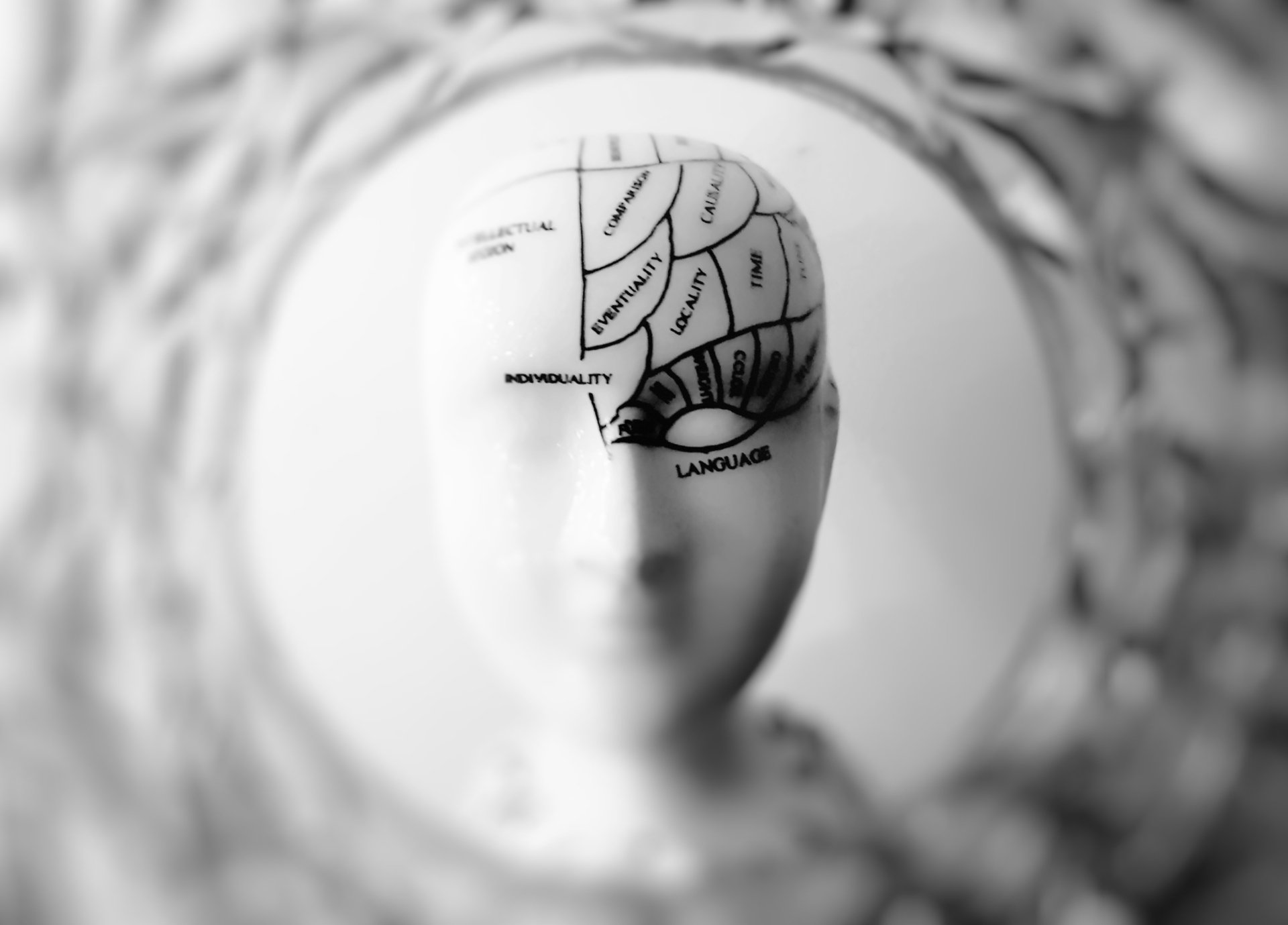Embracing the Change of Seasons
Transitioning from Summer to Autumn with Ayurveda & Yoga

As the vibrant energy of summer now begins to fade into the crisp, cool air of autumn, we witness a profound shift in nature. This transition not only affects the environment around us but also has a significant impact on our bodies and minds.
According to Ayurveda, the ancient Indian system of medicine, the change of seasons from summer to autumn marks a shift from the Pitta dosha (fire and water elements) to the Vata dosha (air and ether elements). Understanding and embracing this transition is essential to maintaining balance and harmony within ourselves.
In this blog, we'll explore how Ayurveda and yoga can help us navigate this seasonal change, offering tools and tips to balance Vata energy and prevent the imbalances that can arise during this time.
Understanding the Doshas: Pitta to Vata
Pitta Dosha is dominant in the summer months, characterised by heat, intensity, and transformation. It's associated with the fire element and governs digestion, metabolism, and energy production. Pitta types often thrive in the summer but may also experience an increase in heat-related issues such as inflammation, irritability, and digestive disturbances.
Vata Dosha takes the reins as autumn arrives. Vata is associated with the air and ether elements, bringing qualities of dryness, coolness, lightness, and movement. While Vata's energy can inspire creativity, clarity, and dynamism, it can also lead to imbalances such as anxiety, restlessness, dry skin, and digestive irregularities.
Signs of Vata Imbalance
As we transition from Pitta to Vata season, it’s crucial to recognise the signs of Vata imbalance. When Vata is out of balance, you may experience:
- Dry Skin and Hair: The dry, cold qualities of Vata can lead to dryness in the body, especially in the skin, hair, and nails.
- Anxiety and Restlessness: Vata’s mobility can manifest as an overactive mind, leading to feelings of anxiety, nervousness, and difficulty focusing.
- Digestive Issues: Irregular digestion, bloating, constipation, and gas are common signs of Vata imbalance.
- Sleep Disturbances: Insomnia or light, interrupted sleep is a typical Vata issue.
- Fatigue and Weakness: Feeling easily fatigued or experiencing a lack of stamina is another indication of excess Vata.
Tools and Tips for Balancing Vata During the Autumn Transition
Nourishing Diet
- Warm, Cooked Foods: Emphasise warm, cooked meals that are grounding and easy to digest. Think of hearty soups, stews, and root vegetables. Incorporate sweet, sour, and salty tastes to balance Vata's cold and dry qualities.
- Healthy Fats: Include healthy fats like ghee, olive oil, and avocados in your diet to combat dryness and nourish the body.
- Warm Beverages: Sip on warm teas, such as ginger or cinnamon tea, which support digestion and help maintain internal warmth.
Daily Routine (Dinacharya)
- Regular Schedule: Vata thrives on routine. Establish a regular schedule for waking, eating, and sleeping to ground Vata’s erratic energy.
- Oil Massage (Abhyanga): Daily self-massage with warm sesame oil is highly beneficial for calming Vata. It nourishes the skin, calms the nervous system, and promotes a sense of stability.
- Warm Baths: Take warm baths infused with calming essential oils like lavender or sandalwood to relax and soothe Vata's anxious tendencies.
Yoga Practice
- Grounding Poses: Focus on grounding, slow, and steady yoga poses such as Mountain Pose (Tadasana), Child’s Pose (Balasana), and Warrior Poses (Virabhadrasana). These poses help stabilize the fluctuating energy of Vata.
- Pranayama: Incorporate calming breathing practices like Nadi Shodhana (Alternate Nostril Breathing) and Ujjayi (Victorious Breath) to soothe the nervous system and balance Vata.
- Restorative Yoga: Embrace restorative yoga practices and longer holds to counteract the hyperactivity of Vata. Poses like Legs Up the Wall (Viparita Karani) and Supported Bridge Pose (Setu Bandhasana) are excellent choices.
Mindful Living
- Stay Warm: Keep yourself warm by dressing in layers, especially in the morning and evening when Vata’s qualities are strongest.
- Mindful Movement: Avoid excessive exercise that can aggravate Vata. Instead, opt for mindful, moderate activities like walking, gentle yoga, or tai chi.
- Creative Expression: Vata season is an ideal time to explore creative pursuits. Engage in activities like journaling, painting, or music, which can channel Vata's creative energy into productive outlets.
Conclusion: Embrace the Flow of Seasons
The transition from summer to autumn is a time of change, reflection, and renewal. By tuning into the rhythms of nature and honouring the principles of Ayurveda, we can maintain balance and well-being during this shift from Pitta to Vata.
Remember to nourish your body with warm, grounding foods, establish a consistent routine, and engage in mindful practices that calm and stabilize Vata’s airy nature.
With these tools, you’ll be well-equipped to enjoy the beauty of autumn while staying balanced and centered.
Embrace the flow of the seasons and allow Ayurveda and yoga to guide you through the natural cycles of change.












